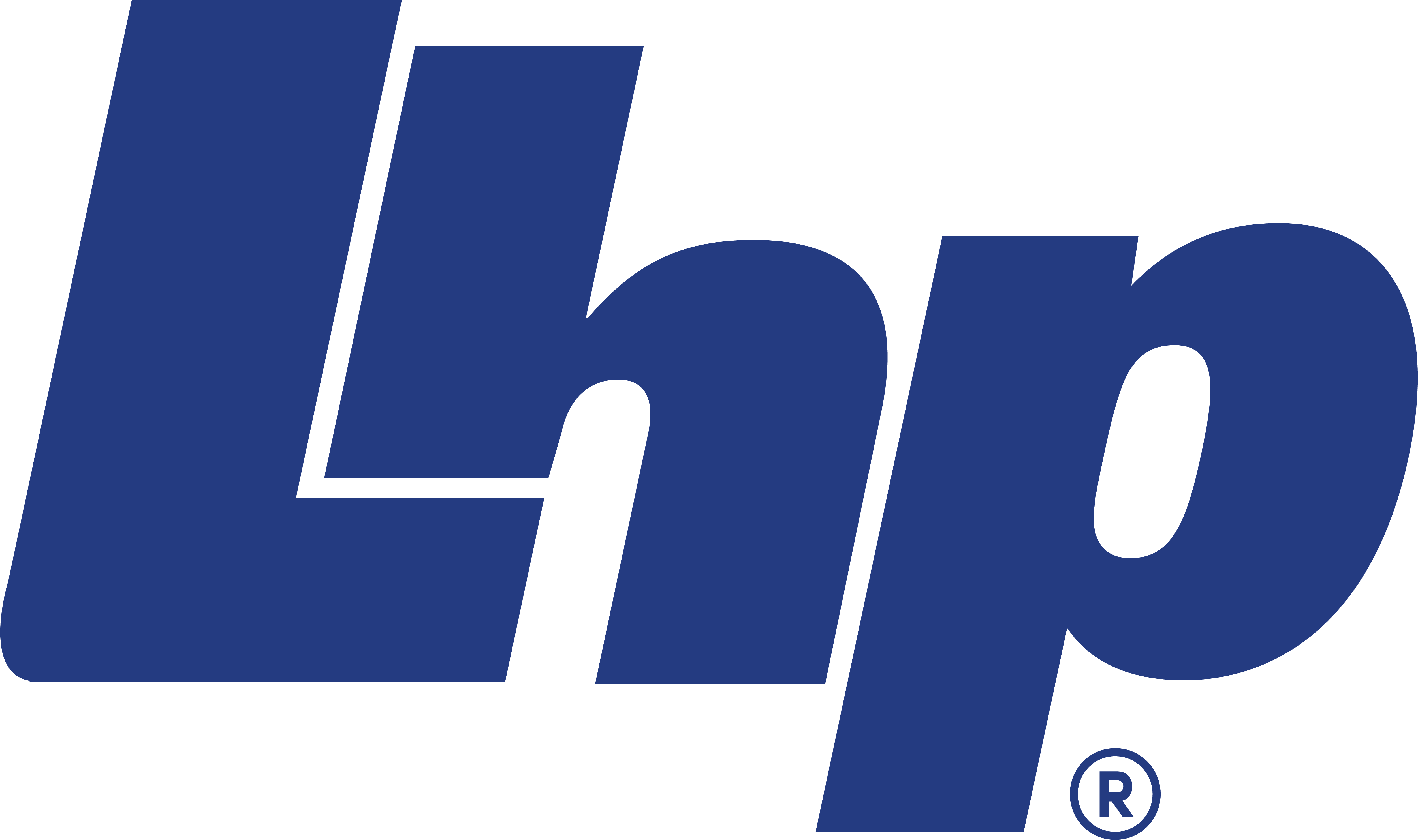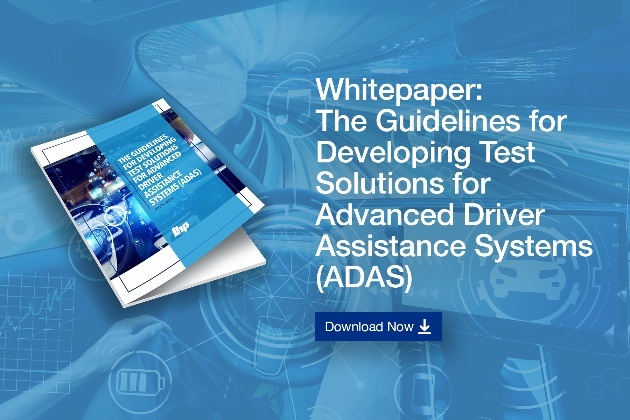2 min read
Adapting to New Testing Needs and Standards in the Automotive Industry
 Megan Verkamp
:
Aug 9, 2018 8:14:00 PM
Megan Verkamp
:
Aug 9, 2018 8:14:00 PM
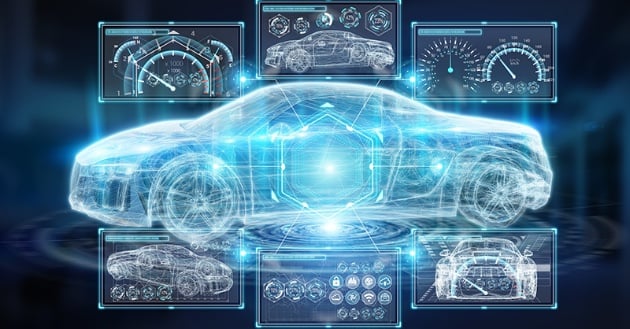
Recent events such as China’s plans to scrap pure internal combustion engines as soon as 2030, the release of Tesla’s Model 3, and announcements by several large automakers about ramping up electric vehicle (EV) production and possibly eliminating gasoline-powered vehicle production, have accelerated efforts to develop competitive EVs and hybrid vehicles across the automotive industry i. But, even with falling purchase prices for many hybrids and plug-in EVs (PEVs), rising gasoline prices, and various government incentives for purchasing electrified vehicles, this change isn’t happening overnight.
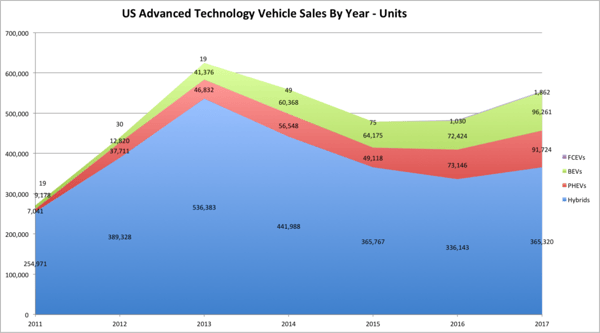
Figure 1. This graph depicts how the market is projected to shift by 2025, which includes an increase in hybrid and EV sales and a decrease in sales of vehicles with diesel- and gasoline-powered engines ii.
Thus, as the industry shifts, automotive R&D centers, manufacturers, suppliers, and national labs need to develop and maintain testing facilities for three types of propulsion systems - internal combustion, hybrid, and full electric. At the same time, standards are diverging globally, which, especially for larger global companies, forces more research into technologies specific to each market’s regulations. As a result, organizations are spreading their time and resources across many different technology investments, which impacts the availability of manpower, skill sets, facilities, test cells, and funds.
Adapting to New Testing Needs and Standards
LHP Technology Solutions (LHPTS) engineers believe it is important for manufacturers and researchers to focus on technology development rather than worrying about their test systems. Therefore, the company’s goal is to help organizations prioritize their efforts and simplify management of their test system development and execution across new technologies and tests, including the following:
- Power Electronics - LHPTS offers a flexible test system that can test to numerous standards for a variety of power electronics tests and help suppliers ensure compliance to each original equipment manufacturer’s (OEM's) specifications prior to delivery.
- Power Inverters - With a Power-HIL (P-HIL) system, such as an LHPTS system using an open architecture, researchers and engineers can test traction inverters at full power levels.
- Battery Management Systems (BMS) - LHPTS offers battery packs and Hardware-in-the-Loop (HIL) test systems with battery simulation to use for BMS testing.
- Range Extenders - Engineers at LHPTS have built engine control systems for R&D labs developing electric generators that efficiently convert a variety of fuels into electric energy that can be used as EV range extenders.
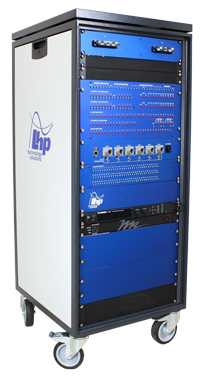 Figure 2: LHPTS HIL systems can be customized by our Systems Engineering team for use in simulation and testing of battery management, power inverters, and motors. LHP Test Systems leverage the NI platform to create open architecture test systems for flexibility and lower cost of ownership. LHP is a NI Alliance Partner with years of experience in building test solutions with NI hardware (PXI, cRIO, cDAQ, etc.) and software (LabVIEW, VeriStand, TestStand, etc.).
Figure 2: LHPTS HIL systems can be customized by our Systems Engineering team for use in simulation and testing of battery management, power inverters, and motors. LHP Test Systems leverage the NI platform to create open architecture test systems for flexibility and lower cost of ownership. LHP is a NI Alliance Partner with years of experience in building test solutions with NI hardware (PXI, cRIO, cDAQ, etc.) and software (LabVIEW, VeriStand, TestStand, etc.).
Additionally, due to regional geo-political interests, there is not a single technology solution that applies equally across the globe. As a result, regulations set by China and the European Union (EU) are driving automakers and standards bodies to create different solutions for various markets. LHPTS is addressing this complication by helping some clients design common architectures where possible to test multiple powertrain configurations and comply with varying global regulations.
In the end, third-party companies such as LHPTS, that are experts in automotive control and test systems, can help organizations prioritize and manage the wide variety of new tests necessary for emerging hybrid and PEV propulsion system technology. While automotive organizations focus on advancing their vehicles, LHPTS is concentrating on staying ahead of the industry’s propulsion system testing needs.
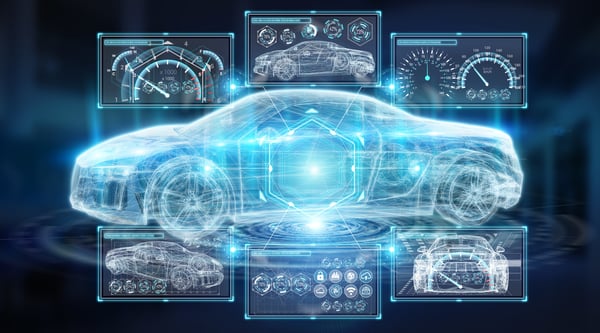
Learn more about how you can prepare for the shifting automotive industry by downloading our White paper: Adapting to New Testing Needs in the Shifting Automotive Industry
[i] http://www.chicagotribune.com/classified/automotive/fuelefficient/sc-auto-cover-electric-vehicles-combustion-engines-20171018-story.html
[ii] IHS April 2016
Related Articles
- Fuel Efficiency for the Autonomous and Electric Vehicle
- Why Electric Vehicles are Moving Toward a 48-volt Electrical System
Related Downloads
- Thermal Management for Electric Vehicle and Hybrid Electric Vehicle Systems
-
Optimizing Propulsion System Performance with Integrated Powertrain Control Solutions
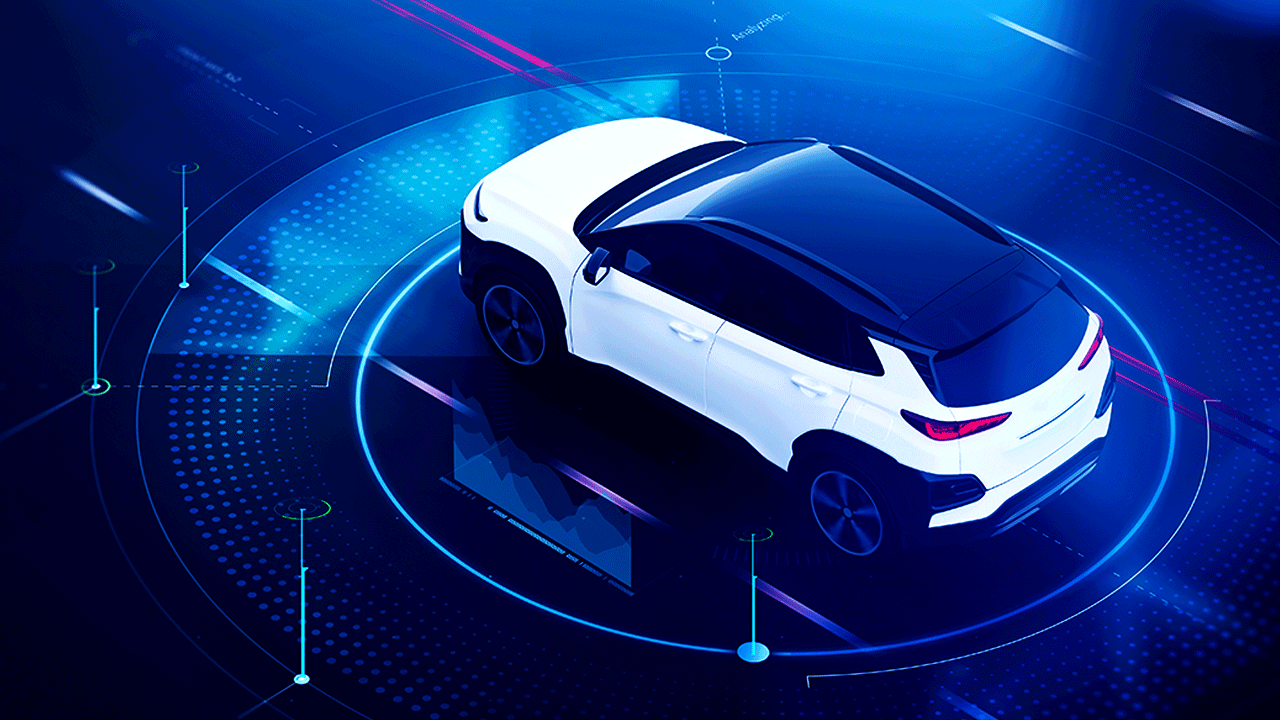
The Role of ASPICE in Systems and Software Development
The Role of ASPICE in Systems and Software Development LHP’s proven process for forging a turnkey systems and software development solution helps to...

